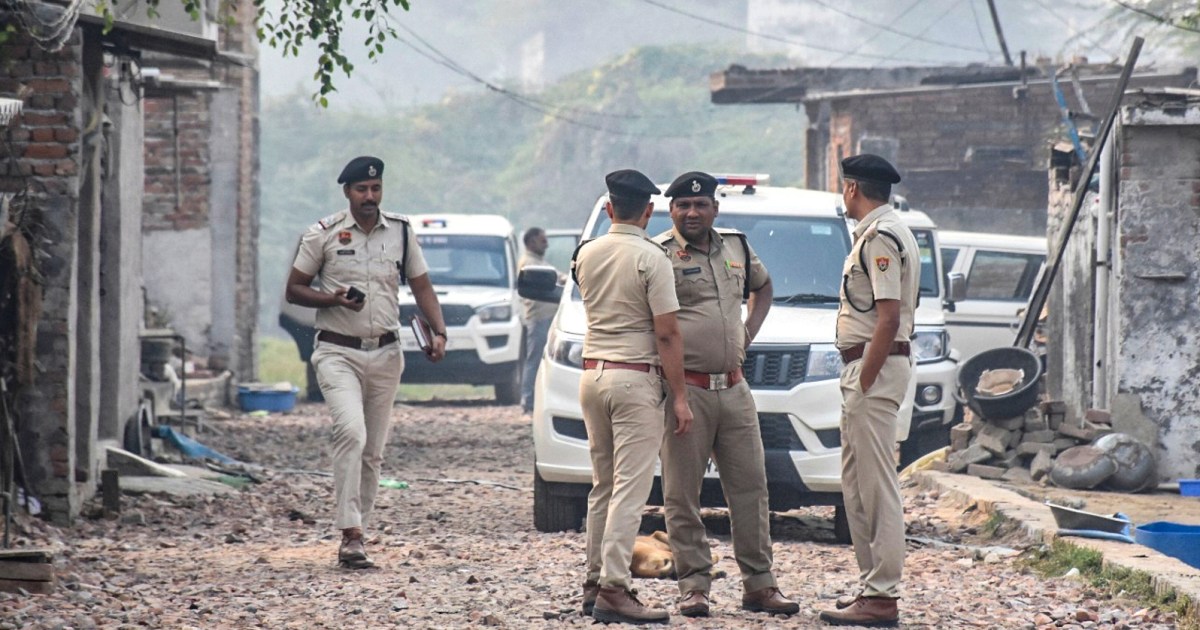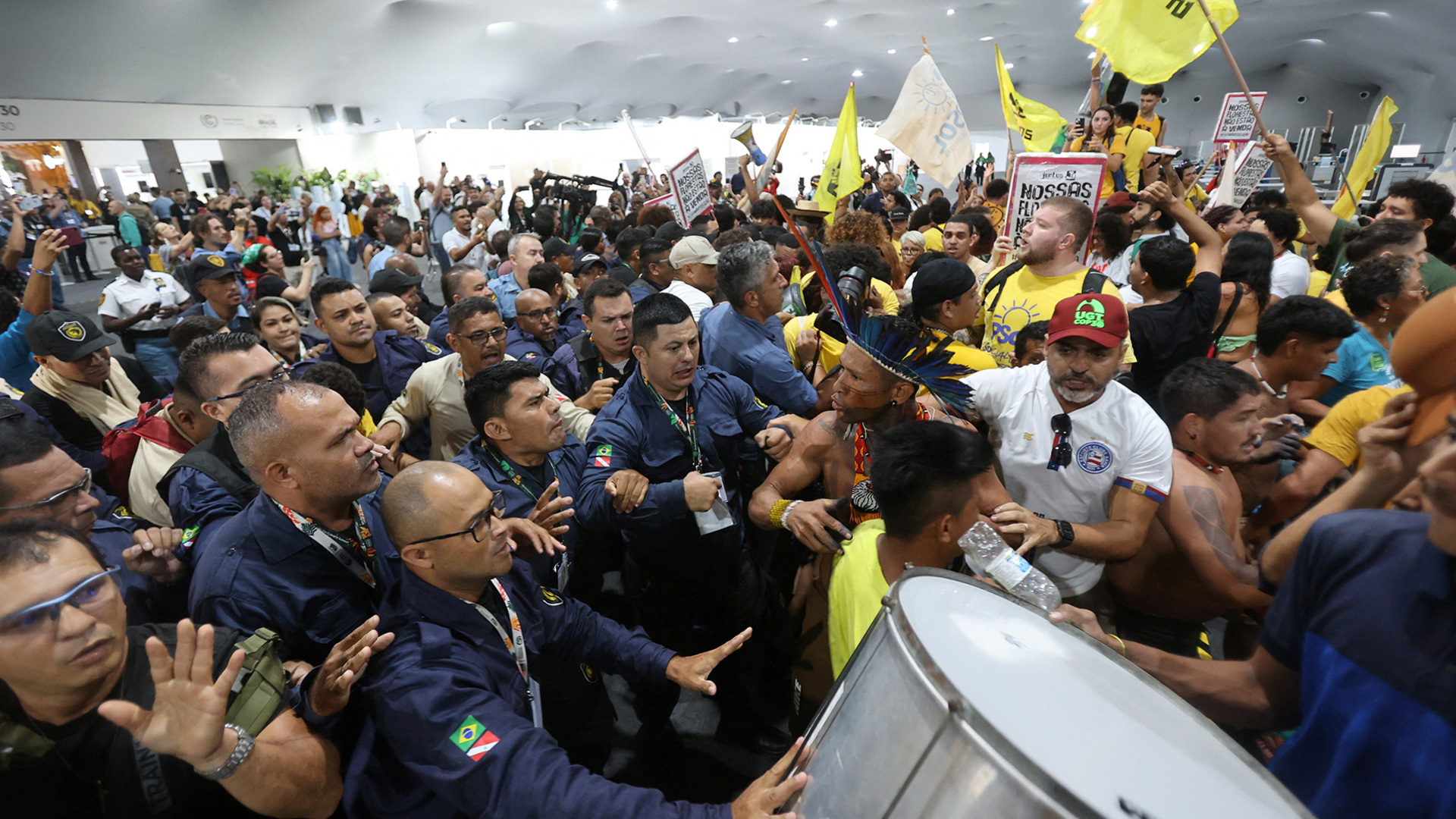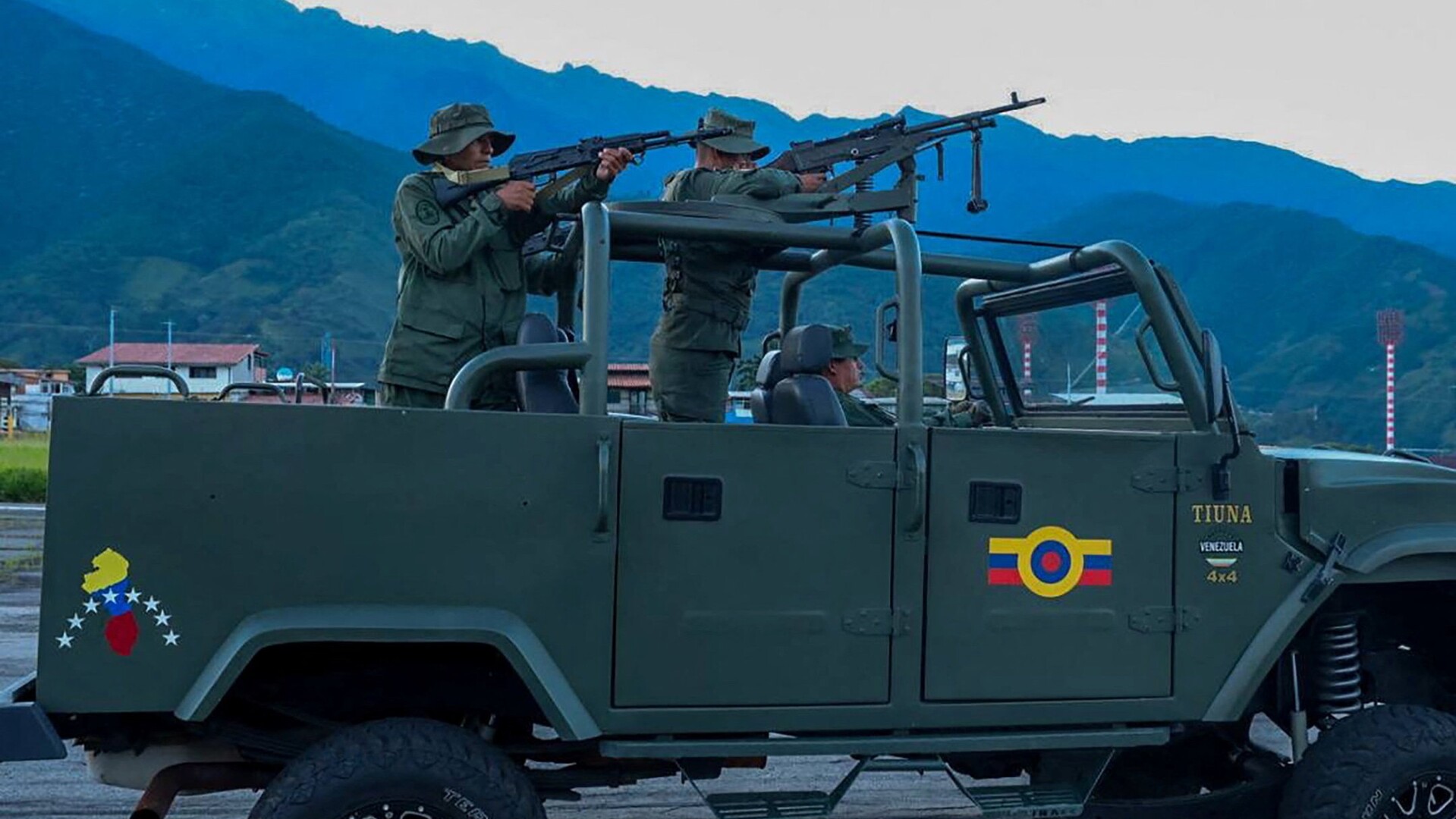Scientists have issued alerts for approaching solar or geomagnetic storms, which are set to hit Earth this week and will produce bright, stunning displays of light known as auroras over parts of the United States, Canada and Europe, while also temporarily disrupting some communications.
On Tuesday, forecasters at the US National Oceanic and Atmospheric Administration (NOAA) said significant geomagnetic disturbances had been recorded in the past few days, specifically in the form of several “coronal mass ejections” (CMEs), which occur when the sun issues bursts of energy. The agency issued a “G4” geomagnetic storm watch signal on a five-level scale, implying that severe storms could be expected.
Some US residents have already shared videos online of northern lights – also known as aurora borealis – which will continue to appear over several US states on Wednesday.
Did you catch the light show between the breaks in the clouds this evening? #NorthernLights
Space Weather Center: https://t.co/M5cIvJxUr1 pic.twitter.com/RiDXgF3BqI
Here’s what we know about the geomagnetic storms and why they occur.
What are solar storms?
Geomagnetic storms occur when storms on the sun trigger disturbances in the Earth’s magnetic field. A solar storm becomes a geomagnetic storm when it reaches the Earth.
Solar storms can occur in two ways. One way is in the form of coronal mass ejections (CMEs), which are sudden swellings of gases on the sun that burst from the sun and travel at more than 1 million mph (1.6 million km/h) towards Earth. Depending on how fast they travel, these can reach the Earth anytime between 15 hours and several days.
Solar storms can also emerge in the form of solar flares, which are sudden eruptions of electromagnetic radiation reaching the Earth from the sun. These travel at the speed of light, reaching Earth in approximately eight minutes, and can last for several minutes or even hours.
Both phenomena happen when magnetic fields on the sun realign. They often, but not always, occur together.
While CMEs can appear through solar telescopes as immense clouds of particles being hurled in a single direction, solar flares appear as bright flashes of light moving in multiple directions. As NASA describes it, think of it as the difference between a cannonball shot in one direction and the flash of a muzzle.
Why are astronomers predicting geomagnetic storms will hit Earth?
The NOAA’s Space Weather Prediction Center said on Tuesday that at least three CMEs would pass over Earth, most likely between Tuesday and Thursday.
In an update early on Wednesday, the agency noted that two of the CMEs, which first erupted on November 9 and 10, had already impacted Earth. They “packed quite a punch”, Shawn Dahl, a scientist with the agency, said in a video update posted on X.
Dahl said the storms were “profoundly more strong than we anticipated” and that while the agency had initially forecasted a G2-level storm, the storms were two levels stronger, at G4.
A third, energetic CME, moving faster than the others, is now set to hit Earth on Wednesday, approximately at midday Eastern Time (17:00 GMT), the space agency said. That one erupted early on November 11 and caused temporary radio blackouts across Africa and Europe, according to Space.com, a leading space exploration publication.
How do geomagnetic storms produce auroras?
When strong bursts of energy erupting from the Sun’s surface as solar flares or CMEs hurtle towards Earth, the highly charged particles they carry collide with gases in the Earth’s upper atmosphere and transfer energy to them, causing the gases to glow and resulting in stunning displays of colourful lights, from emerald greens to intense pinks.
Known as aurora borealis, those displays can be seen from the Northern Hemisphere, hence the term “northern lights”. “Southern lights” or aurora australis are displays which can be seen in the Southern Hemisphere, although far fewer people inhabit the areas from which they are visible. The lights are only visible close to the poles because the Earth’s magnetic fields, which are strongest at the poles, guide the sun’s charged particles towards them.
Light displays have become more common in recent months because the sun is currently at the maximum phase of an 11-year activity cycle.
Every 11 years, the sun’s poles swap places, causing intense magnetic activity. This period, called solar maximum, can last for several months. Scientists speculate that the end of the current cycle began last year and will continue at least through to the end of this year.
In May 2024, the strongest geomagnetic storm in two decades hit Earth and caused dazzling light displays across the US, the United Kingdom and Germany.
The northern lights shot with my iPhone (just this second) in Boulder, Colorado. This is a very impressive event! pic.twitter.com/vkHS00PMLt
Where are the northern lights occurring this week?
Several countries have issued aurora alerts, with some residents already reporting brilliant colours in the sky on Tuesday night.
Brightness and visibility usually depend on what time of day the solar bursts arrive in the Earth’s atmosphere and how they interact with it. Experts recommend leaving brightly-lit areas to see the lights better.
According to NOAA, the lights have already appeared or are likely to appear above several areas in the US, including the states of Illinois (Chicago), Colorado, Massachusetts (Boston), Washington (Seattle), California (San Francisco, Los Angeles), Oregon (Portland), Texas (Dallas), Georgia (Atlanta), North Dakota (Bismarck), New York, Wyoming (Cheyenne), North Carolina (Raleigh) and Iowa.
Just keeps going and these are just holding phone in long exposure mode of 3 seconds. Amazing display of Northern Lights captured in Carlow. pic.twitter.com/ws2JQWUcs3
Other sightings are expected or have been reported in
- Canada – Expected on Wednesday evening over Montreal, Edmonton, Vancouver, Whitehorse and several other areas, according to The Weather Network.
- Ireland – Lights have already been seen in Cork, Carlow and Roscommon, according to broadcaster RTE.
- UK – The Met Office forecast said lights are possible across the northern half of the UK.
Could the storms be harmful?
Not directly to humans, because Earth’s atmosphere protects us from radiation.
However, the bursts of energy could temporarily disrupt communication systems, potentially affecting GPS navigation, radio communications, and satellites, including air traffic control radio and satellites in space. The intense activity could also temporarily disrupt power grids.
On rare occasions, solar eruptions can be damaging. A severe solar storm in September 1859 caused sparks and fires in telegraph stations across Europe and North America. Known as the Carrington Event, those storms were the most intense in recorded history.
In August 1972, powerful geomagnetic events caused widespread electric and communications disruptions in the US and accidentally detonated US naval mines positioned in Vietnam.





